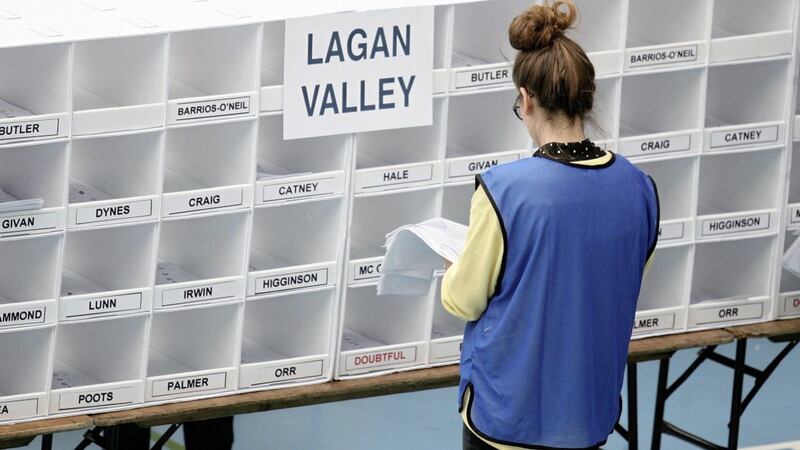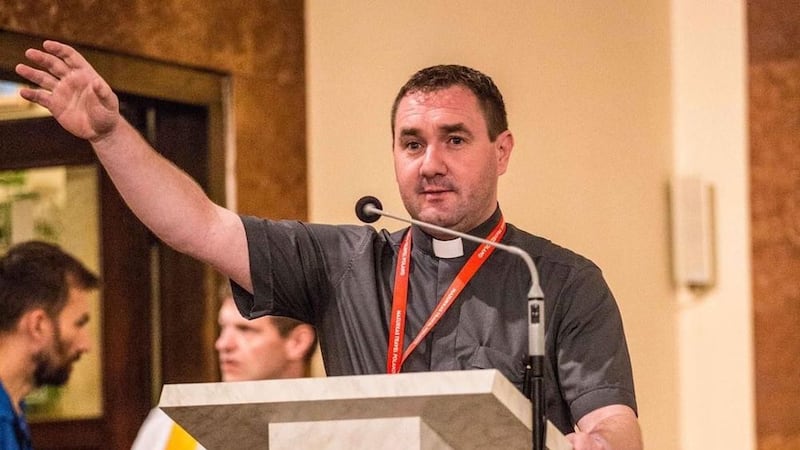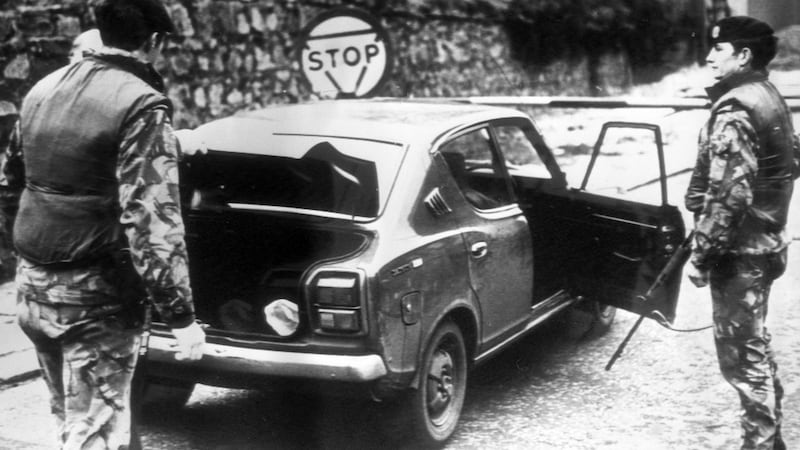A UNIONIST stronghold, Lagan Valley has long been a tug-of-war between the UUP and the DUP.
Following Jeffrey Donaldson's defection to the democratic unionists alongside Arlene Foster in 2003, the UUP's presence in the constituency has been gradually eroded over the past 15 years.
This culminated with Basil McCrea's departure to create the failed NI21 party in 2013, leaving the UUP with no MLAs in Lagan Valley for the first time since the inception of the power-sharing institutions.
However, in May's election the party's newcomers Robbie Butler and Jenny Palmer both captured seats, inching it over the line after the eighth count.
It is interesting to note that Ms Palmer was a one-time DUP member; however she left the party following allegations of bullying by RHI figure and DUP special advisor Stephen Brimstone in 2015.
Now, with the rope edging towards the side of the DUP with three seats to the UUP's two, the Ulster Unionists will be hoping to solidify their seats by raking in those voters disaffected by Arlene Foster and her party's handling of the RHI debacle.
Paul Givan, who has courted his own controversy in the last few months with the Irish language bursary, topped the poll in May with 13.8 per cent of the first preference votes, becoming the first to be elected in the constituency after the fifth count.
He was joined after the eighth count by party colleagues Brenda Hale and Edwin Poots.
In terms of total votes, Mr Givan and Mr Poots's seats are more secure than Ms Hale's, however the latter has also garnered some public scorn for comments he made in the lead up to March's count, in which he stated that the DUP never sign up to an Irish language act in the St Andrews Agreement.
Alliance party stalwart Trevor Lunn has held his seat, the only non-unionist seat in the constituency, for more than a decade and will be relying on his dedicated followers to turn out for him once again.
In March there will be a total of 13 candidates standing, with Sinn Féin, the SDLP, TUV, NI Conservatives and the Green Party all fielding a one hopeful, while two independents will also be on the ballot sheet.
Sinn Féin has not held a seat in the area since Paul Butler ousted the SDLP's Marietta Farrell in 2007, only to lose it to the DUP in 2011 following boundary changes. With only 2.7 per cent of the first preference votes last time round, however, it is hard to see the seat being regained.
More hopeful is the SDLP's Pat Catney, who received 7.5 per cent of the first preference ballots.
::
Candidates
Paul Givan (DUP)
Brenda Hale (DUP)
Edwin Poots (DUP)
Robbie Butler (UUP)
Jenny Palmer (UUP)
Trevor Lunn (All)
Samuel Morrison (TUV)
Peter Doran (SF)
Dan Barrios-O'Neill (Green)
Pat Catney (SDLP)
Jonny Orr (Ind)
Matthew Robinson (Cons)
Keith Gray (Independent)
2016 share of first preference vote
DUP 47.1%
UUP 21.9%
Alliance 9.5%
SDLP 7.5%
Other 5.7%
TUV 3.3%
Green 2.9%
Sinn Féin 2.7%
Seats won in 2016
DUP: 3
UUP: 2
Alliance: 1








